Cleaning white laminate countertops requires a gentle touch and the right products to maintain their pristine appearance. Begin by removing loose debris and crumbs with a soft cloth or sponge. Avoid using abrasive materials that could scratch the surface. For everyday cleaning, a mixture of mild dish soap and warm water works well. Simply dampen a soft cloth or sponge with soapy water and wipe down the countertops, paying extra attention to areas with spills or stains.
In the case of tougher stains, a paste made of baking soda and water can be effective. Apply the paste to the stained area, let it sit for a few minutes, and then gently scrub with a soft-bristle brush or sponge. Baking soda’s mild abrasive properties can help lift stubborn stains without damaging the laminate surface. After cleaning, rinse the countertop thoroughly with water and dry it with a clean, soft cloth to prevent water spots.
To maintain the luster of white laminate countertops, it’s essential to avoid harsh chemicals and abrasive cleaners. Ammonia-based cleaners, bleach, and abrasive scouring pads can damage the laminate finish and discolor the surface over time. Opt for non-abrasive, pH-balanced cleaners specifically formulated for laminate surfaces. These cleaners effectively remove grease and grime without causing harm to the countertop.
Regular maintenance includes preventing scratches by using cutting boards and avoiding dragging heavy or sharp objects across the countertop. Laminate countertops are durable, but using caution can extend their lifespan and preserve their appearance. If a scratch does occur, consider using a color-matched laminate repair paste to fill in the damaged area. Follow the manufacturer’s instructions for application to achieve the best results.
White laminate countertops are susceptible to staining, especially from highly pigmented substances like red wine, coffee, or fruit juices. Promptly wipe up spills to prevent staining, and avoid leaving acidic or staining substances on the surface for an extended period. If a stain persists, a mixture of hydrogen peroxide and baking soda can be applied to the affected area. However, it’s crucial to test this solution on a small, inconspicuous area first to ensure it doesn’t discolor the laminate.
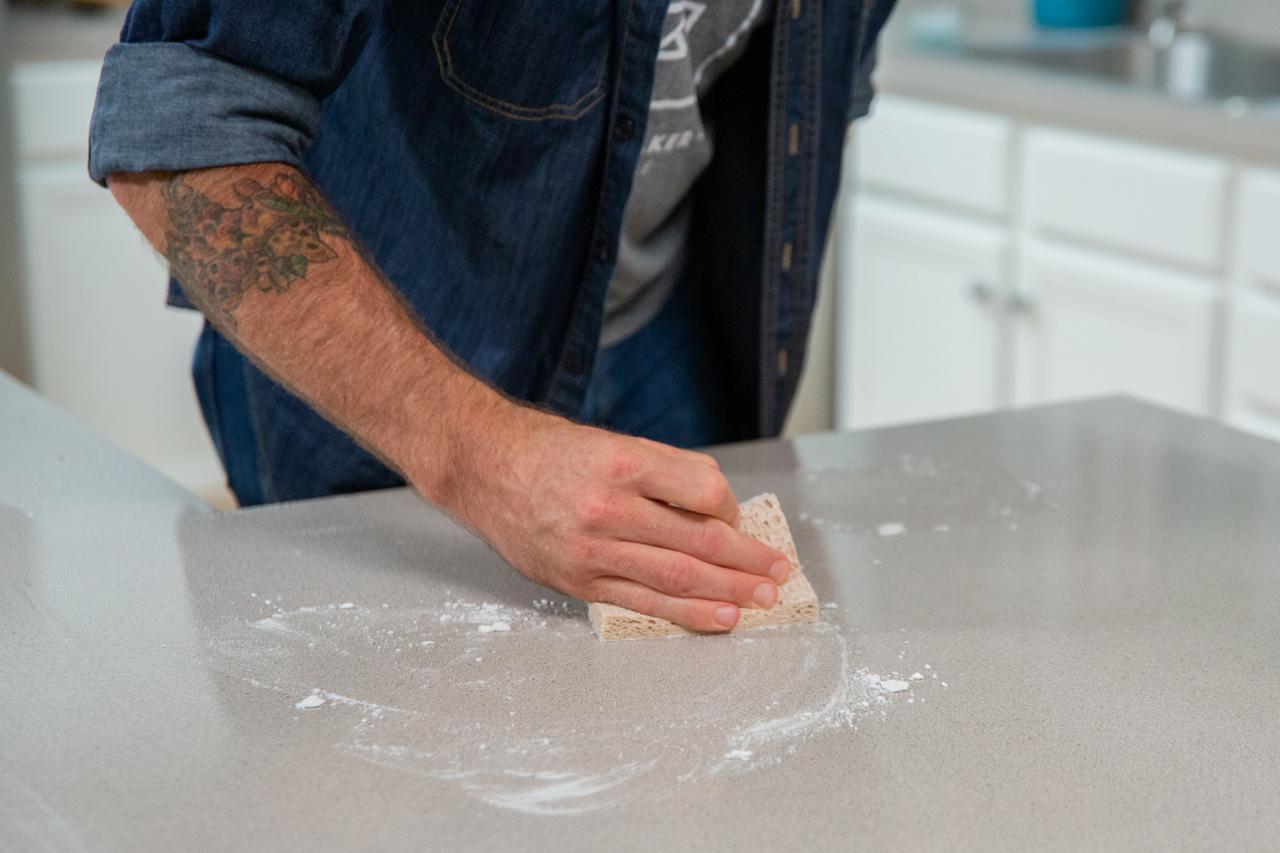
Maintaining the edges of white laminate countertops is as important as cleaning the surface. Regularly wipe down the edges with a damp cloth to remove dust and debris. For more stubborn dirt or spills along the edges, use a soft toothbrush or a small, soft-bristle brush to reach into crevices. Be gentle to avoid chipping or damaging the laminate edges.
While laminate is resistant to moisture, it’s essential to prevent water from seeping into seams or edges. Wipe up spills promptly, especially around the sink and seams, to prevent water damage. If water does infiltrate the seams, it can cause the laminate to swell or peel. Regularly inspect the seams and edges for any signs of damage and address them promptly to maintain the integrity of the countertop.
When it comes to disinfecting white laminate countertops, a solution of equal parts water and white vinegar can be effective. Vinegar has natural antibacterial properties and helps eliminate germs. Spray or apply the solution to the countertop, let it sit for a few minutes, and then wipe it clean with a damp cloth. This method is an eco-friendly alternative to chemical disinfectants.
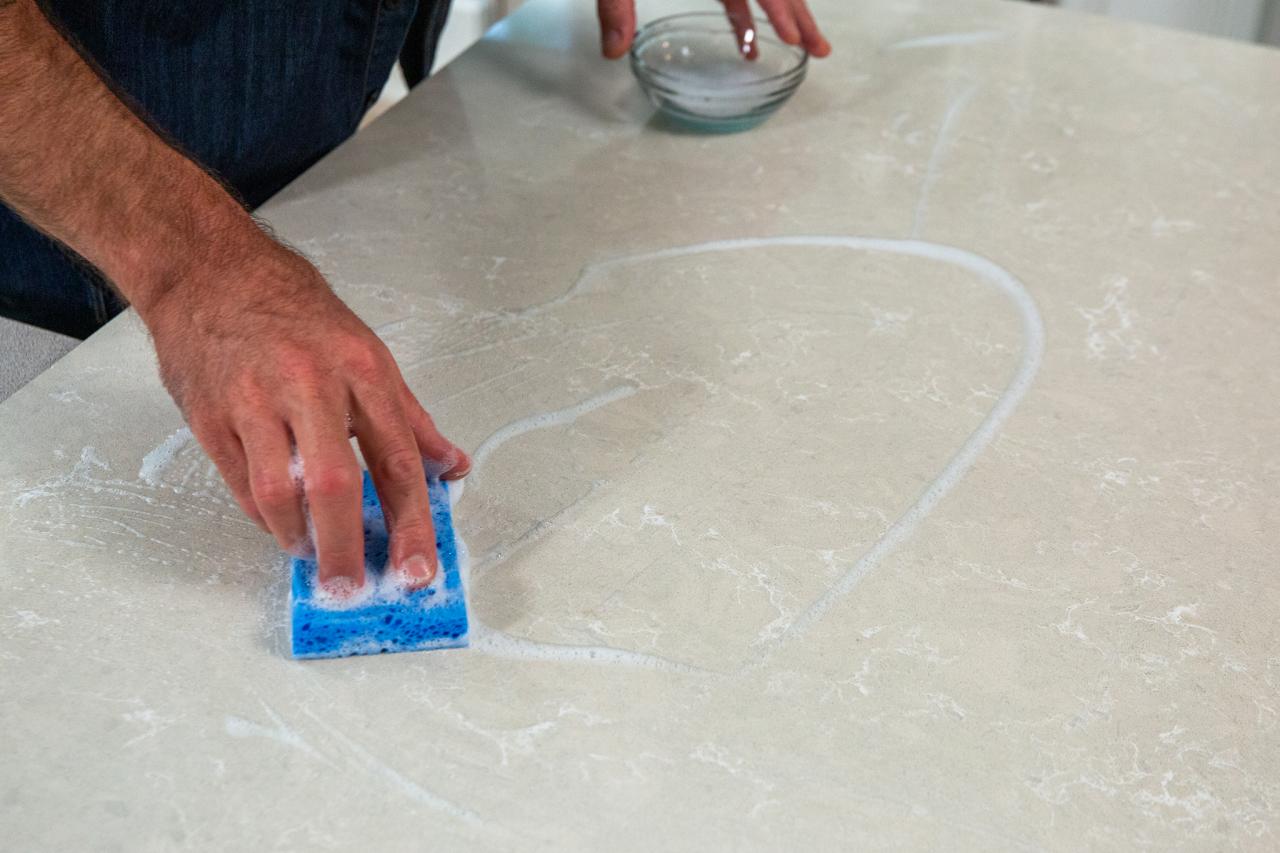
Avoid using abrasive scouring pads or steel wool on white laminate countertops, as they can leave scratches and dull the surface. Instead, opt for soft materials such as microfiber cloths or sponges. Microfiber cloths are particularly effective for picking up dust and debris without scratching the laminate. Regularly washing these cloths ensures that they remain free of debris and are ready for use during cleaning.
For stubborn grease or grime on white laminate countertops, a mixture of warm water and a few drops of dish soap can be applied directly to the affected area. Let it sit for a few minutes to break down the grease, then wipe it away with a soft cloth or sponge. This method is gentle yet effective at cutting through grease without damaging the laminate surface.
In areas with hard water, mineral deposits can accumulate on white laminate countertops. To remove these deposits, create a mixture of equal parts white vinegar and water. Apply the solution to the affected areas, let it sit for a few minutes, and then wipe it away with a clean, damp cloth. Regularly addressing hard water deposits helps maintain the clarity and shine of the countertop surface.
To avoid streaks and water spots, it’s crucial to dry white laminate countertops thoroughly after cleaning. Use a clean, dry cloth to remove any remaining moisture, especially around the sink and faucet areas. This step not only enhances the countertop’s appearance but also prevents the formation of water spots, which can be more noticeable on white surfaces.
When it comes to abrasive stains like ink or marker, rubbing alcohol can be an effective solution. Moisten a soft cloth with rubbing alcohol and gently blot the stained area. Avoid rubbing aggressively, as this could damage the laminate finish. After blotting, wipe the area with a clean, damp cloth to remove any residue. Always test a small, inconspicuous area first to ensure that rubbing alcohol doesn’t affect the laminate color.
For an extra layer of protection, consider applying a laminate countertop polish or wax. These products help repel stains and make it easier to clean spills. Follow the manufacturer’s instructions for application and use a soft cloth to buff the countertop after applying the polish or wax. Regular use of these products can enhance the longevity and appearance of white laminate countertops.

Cleaning and maintaining white laminate countertops require a combination of gentle cleaning agents, preventative measures, and regular inspections. By incorporating these tips into your cleaning routine, you can ensure that your white laminate countertops remain pristine, free from scratches, stains, and other forms of damage. Regular care not only preserves the aesthetic appeal of the countertops but also extends their lifespan, making them a lasting and functional feature in your kitchen or bathroom.
White Kitchen Countertop Cleaning Tips How To Build A House
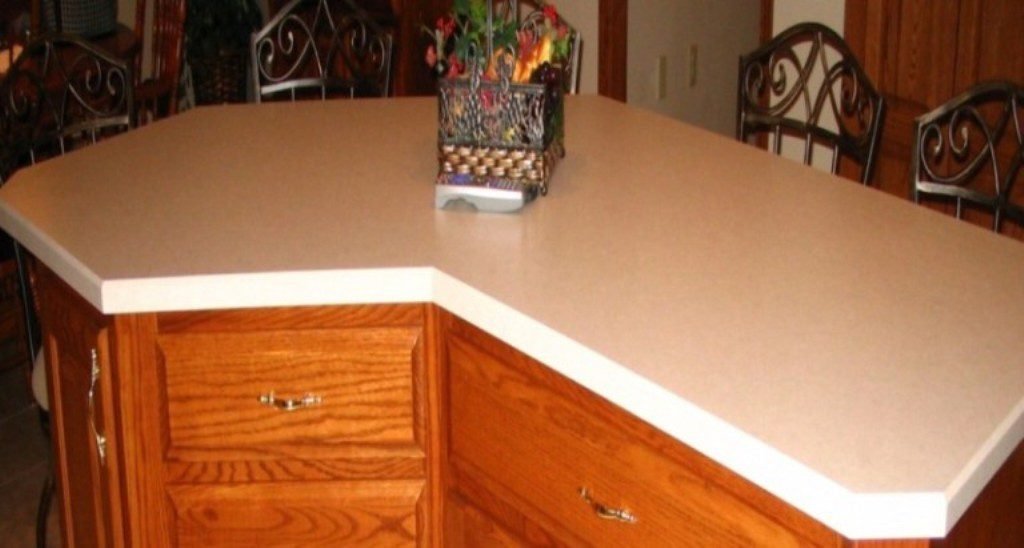
How to Clean Laminate Countertops HGTV
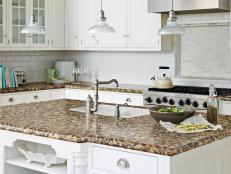
How To Clean Laminate Countertops Merry Maids
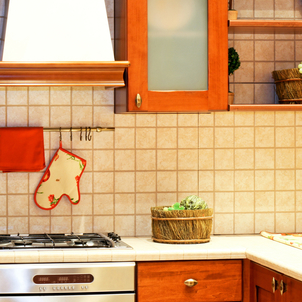
How to Repair Damaged Laminate Countertops » How To Clean Stuff.net
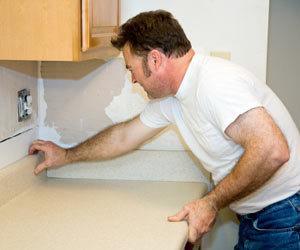
How to Clean Laminate Countertops – Simple Green

Related articles:
- Making Laminate Countertop Edges
- Laminate Countertop Colors Kitchens
- Applying Laminate Countertop
- How To Shine Up Laminate Countertops
- Shiny Black Laminate Countertops
- Matte Black Laminate Countertop
- Wilsonart Premium Laminate Countertops
- How To Cut The Sink Hole In Laminate Countertop
- Laminate Countertop Beveled Edge
- How To Cut Preformed Laminate Countertops